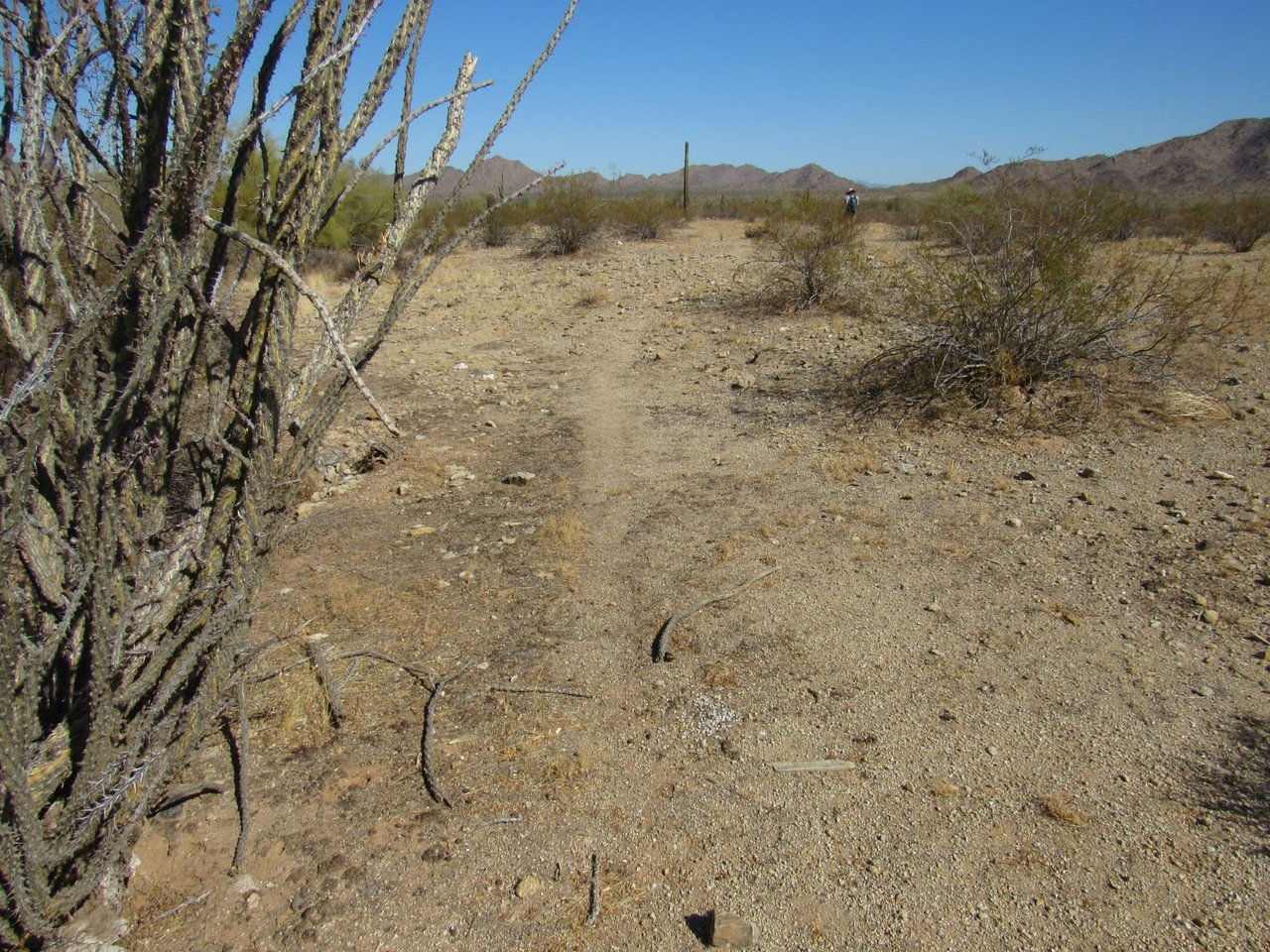PHOENIX (CN) — A federal judge heard arguments Thursday for competing summary judgment motions in a fight over the U.S. Bureau of Land Management’s 2020 decision to allow cattle grazing on the Sonoran Desert National Monument.
The Western Watersheds Project, a nonprofit environmental group based in Idaho, sued the bureau in 2021, claiming it failed to consider the effects of cattle grazing on the most biodiverse desert in North America. Accompanied by the Grand Canyon Chapter of the Sierra Club, the group asked U.S. District Judge Susan Bolton in Phoenix to issue summary judgment in March. The bureau did the same.
“It’s a monument,” Western Watersheds attorney Lauren Rule said after a Thursday morning hearing before Bolton. “It’s supposed to be ‘protect, enhance and preserve.’"
Then-President Bill Clinton designated the nearly 500,000 acre plot of land south of the Gila River as a national monument in January 2001. The southern half of the monument, south of the I-8 highway, was left closed off to livestock grazing, while the northern half remained open so long as the BLM determines grazing isn’t harming the nearly 600 species, many of which are endangered, that inhabit the desert.
Western Watersheds challenged the bureau’s 2012 resource management plan, which allowed grazing in roughly two-thirds of the northern half of the monument. In 2016, a federal judge agreed with the group that the analysis didn’t properly consider grazing’s effect on the environment and ordered the bureau to amend its plan.
The BLM did so in 2020, this time allowing grazing on all the land in the monument’s northern half.
“That’s why we’re here again,” Rule said after the hearing. “Its plan is definitely worse than 2012.”
Rule told Bolton during the hearing that Western Watersheds would ultimately like to see no grazing allowed anywhere on the monument, but would settle for “an honest analysis.” The analysis the bureau used relies on flawed assumptions, she said.
To decide whether the land can be grazed without lasting damage, the bureau sent employees to survey the different plots in the monument’s northern half . from 2017 to 2018. They determined that all of the plots met the bureau’s standards for allowing grazing. But the land they analyzed hadn’t been grazed on since 2015.

“After five to 10 years of non-use, many areas are recovering from the prior degradation caused by livestock, with increasing vegetation and reduced signs of cattle impacts,” Rule wrote in the 2021 complaint. “Rather than furthering this recovery, BLM’s new grazing analysis uses it as an excuse to allow future grazing across all lands in the northern part of the monument.”
The bureau also reasoned in its 2020 decision that because livestock never stray further than two miles from a water source, any land on the monument further than that from water can be assumed to be safe from grazing degradation.
“We say that’s a flawed assumption,” Rule told Bolton.
The BLM also ruled out land on a slope of more than 30%, as it determined livestock won’t go there either. Again, Rule and Western Watersheds disagreed.
“Plaintiffs are very skillful at making it seem like this two-mile issue is the Achilles heel of the entire analysis,” BLM attorney Paul Turcke said. “That strategy will fail.”
Turcke said that assumption, as well as the assumption that livestock won’t go on steeper terrain, are simply used as guidelines for the analysis, not hard-and-fast rules.
He later argued that the bureau considered in 2018 whether land had been grazed in the past, contrary to Rule’s suggestion, and it didn’t consider plots to be in their natural state if there was visible evidence of past grazing.
Turcke said it would be impractical to carve out portions of the land today and say they can never be used for grazing. Instead, he said the bureau would rather keep all grazing open for now and make determinations for specific plots based on future land conditions.
“This is not the one point in time they can challenge grazing,” he told Bolton.
But Rule said it just might be, as a six-year statute of limitations would prevent parties from challenging the determinations the BLM made in the 2020 decision. So, if a grazing permit is given out after 2026, there may be nothing anyone can do about it.
The bureau has already said that it won’t go back and reconsider this analysis, Rule said.
Turcke denied that claim.
“Grazing is an ongoing issue,” he told the judge. “We can definitely go back and change our decisions.”
Bolton didn’t indicate when she’ll rule on either of the summary judgment motions.
Subscribe to Closing Arguments
Sign up for new weekly newsletter Closing Arguments to get the latest about ongoing trials, major litigation and hot cases and rulings in courthouses around the U.S. and the world.









